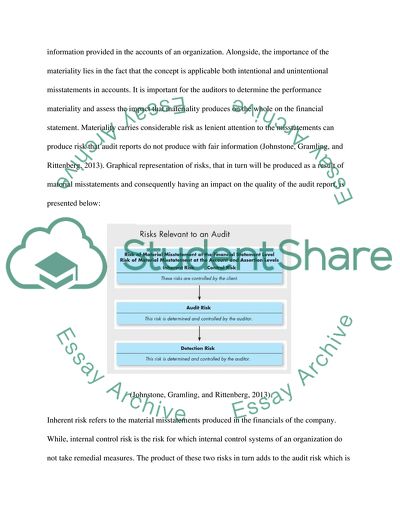Cite this document
(Discuss these abstracts in the context of academic research and recent Essay - 1, n.d.)
Discuss these abstracts in the context of academic research and recent Essay - 1. https://studentshare.org/finance-accounting/1852472-discuss-these-abstracts-in-the-context-of-academic-research-and-recent-developments-in-audit-regulation-and-practicemateriality-in-auditing
Discuss these abstracts in the context of academic research and recent Essay - 1. https://studentshare.org/finance-accounting/1852472-discuss-these-abstracts-in-the-context-of-academic-research-and-recent-developments-in-audit-regulation-and-practicemateriality-in-auditing
(Discuss These Abstracts in the Context of Academic Research and Recent Essay - 1)
Discuss These Abstracts in the Context of Academic Research and Recent Essay - 1. https://studentshare.org/finance-accounting/1852472-discuss-these-abstracts-in-the-context-of-academic-research-and-recent-developments-in-audit-regulation-and-practicemateriality-in-auditing.
Discuss These Abstracts in the Context of Academic Research and Recent Essay - 1. https://studentshare.org/finance-accounting/1852472-discuss-these-abstracts-in-the-context-of-academic-research-and-recent-developments-in-audit-regulation-and-practicemateriality-in-auditing.
“Discuss These Abstracts in the Context of Academic Research and Recent Essay - 1”. https://studentshare.org/finance-accounting/1852472-discuss-these-abstracts-in-the-context-of-academic-research-and-recent-developments-in-audit-regulation-and-practicemateriality-in-auditing.


